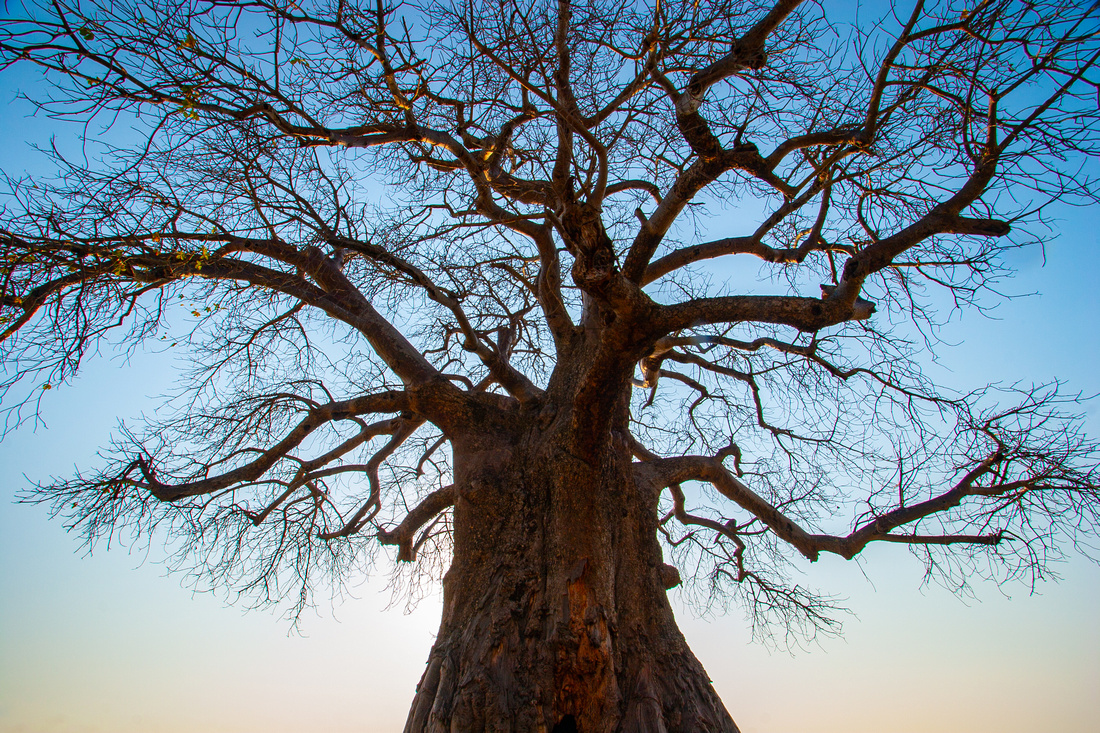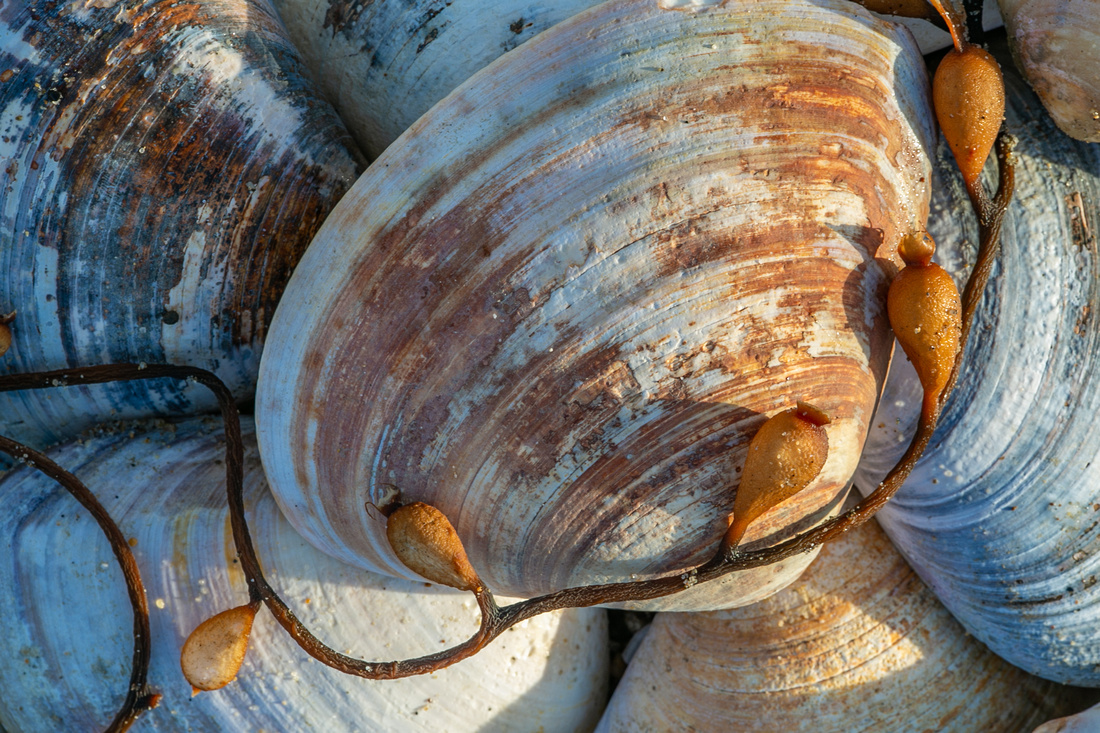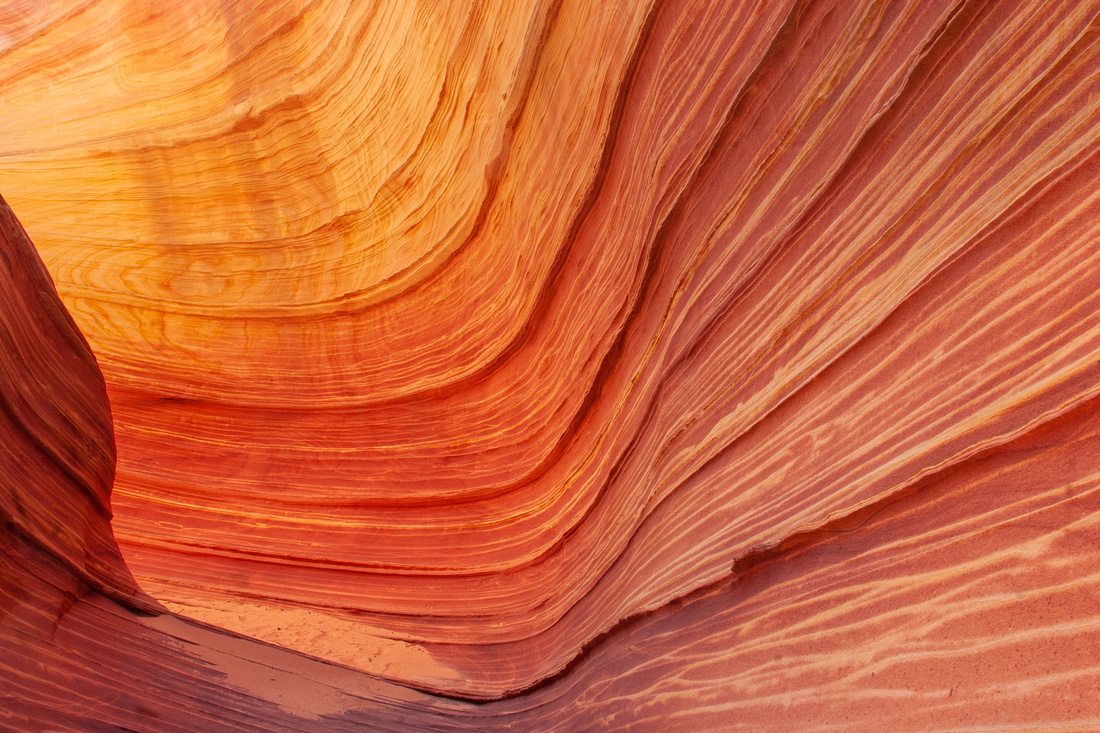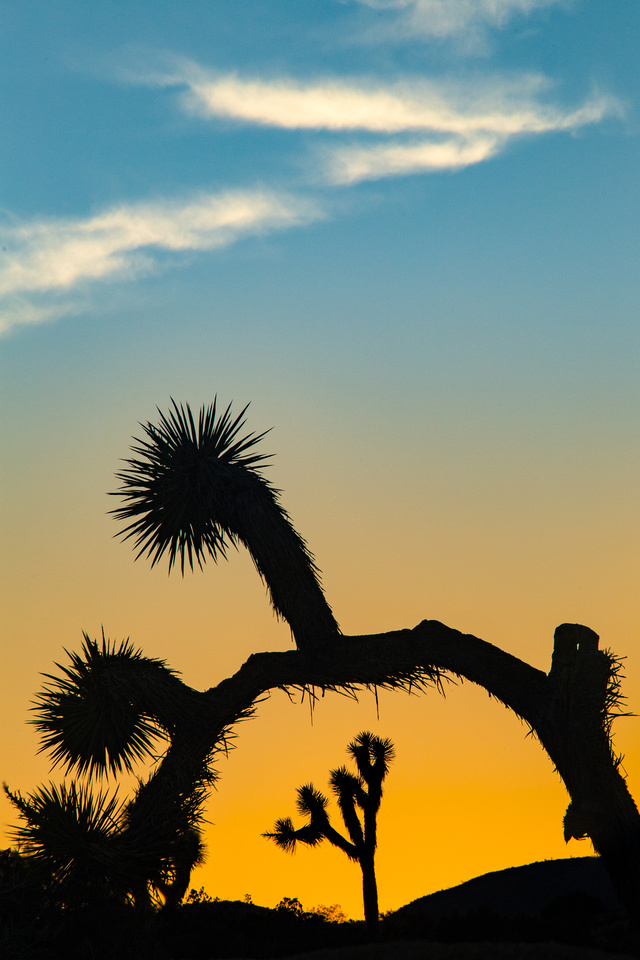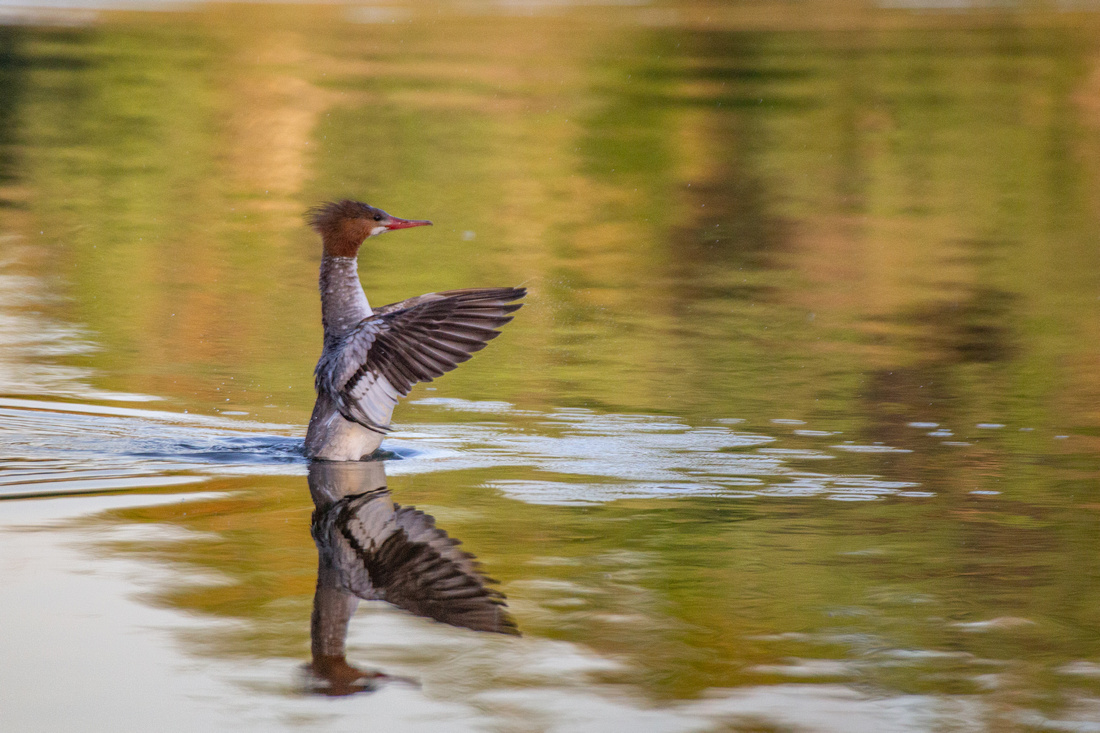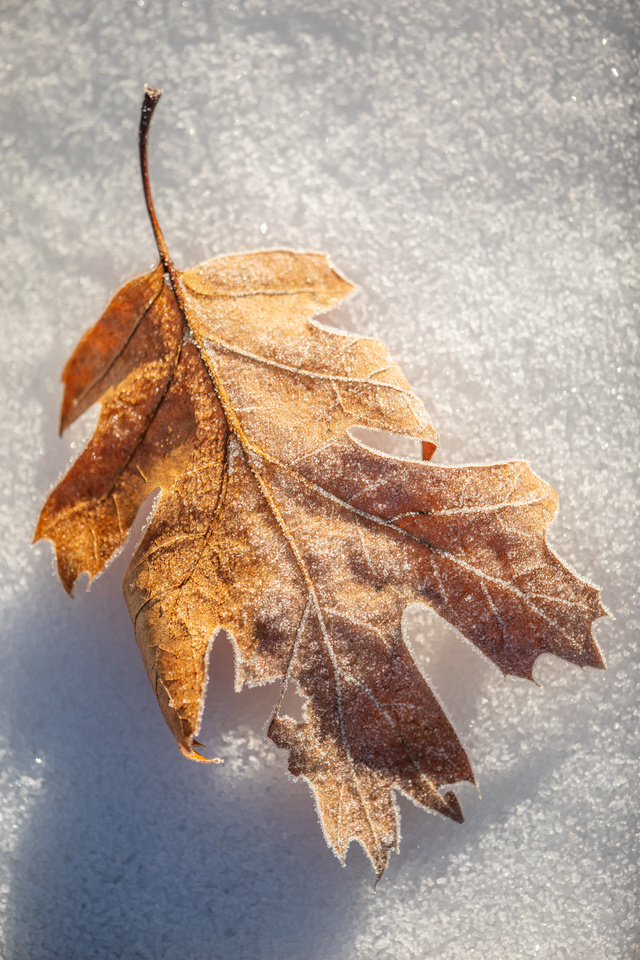Six Classic Design Principles in nature photography
Six Classic Design Principles in nature photography
Text and photos by Heather Cline
|
Baobob Tree |
Visual design is just as important to creating a successful image as exposure and sharpness. There are six classic design principles I am going to cover here: Color, Form, Line, Shape, Space, and Texture
Color
|
Wildflowers in motion |
Color is a powerful tool in all forms of art, including photography. Understanding how it affects the viewer is important for capturing attention, and conveying messages, feelings, and moods. Warm colors can have contrasting impacts on the viewer by making them feel happy or angry, while cool colors tend to convey peace and tranquility. For more in depth information on color theory, check out this article: The strength of color in photography
Form
|
Shells and kelp |
Form is all about using light and shadow to create a three dimensional effect of a subject. This can be accomplished by using side light to accentuate the light and shadow areas of a subject. You don't necessarily have to limit yourself to the edges of the day to capture this type of light though. By changing the angle in which you shoot the subject, you can create this three dimensional effect.
Line
|
The Wave |
Line is a great tool for drawing the viewer's eye into the image, and it exists in objects all around us. The way line is used can have different effects on how the viewer feels about the image as well. For example, horizontal lines can give a sense of relaxation while vertical lines can convey a sense of power. Some examples of lines in photographs include roads, rivers, trees, and horizons.
Shape
|
Joshua Trees |
Shape is basically the outline of the subject. This often captured as a silhouette. Some subject's shapes are more interesting than others. The challenge in photography is to identify these and capture them when the light works in our favor - which is when it is lowest in the sky.
Space
|
Common Merganser |
Space is the area that surrounds the main subject. Negative space can be blank, neutral, give a sense of environment, or be completely blurred out. The approach can vary based on the subject and conditions. In general, it should take up more room in the photo than the positive space. A good starting point is about twice the space as the subject takes. For more in depth information on space, check out this article: Negative space in nature photography
Texture
|
Frosted leaf |
Texture is a key component in a compelling nature photograph. Texture refers to surface characteristics and appearance of an object and may be described as smooth or rough, hard or soft, matt or glossy, fuzzy or soft, or sharp or flat, to name a few. A well done photograph featuring texture can make you feel like you can reach out and feel the surface through the photograph. Like line, texture is all around us, and like form, texture relies on the quality of light to make an impact. For more in depth information on texture, check out this article: Texture in nature photography

